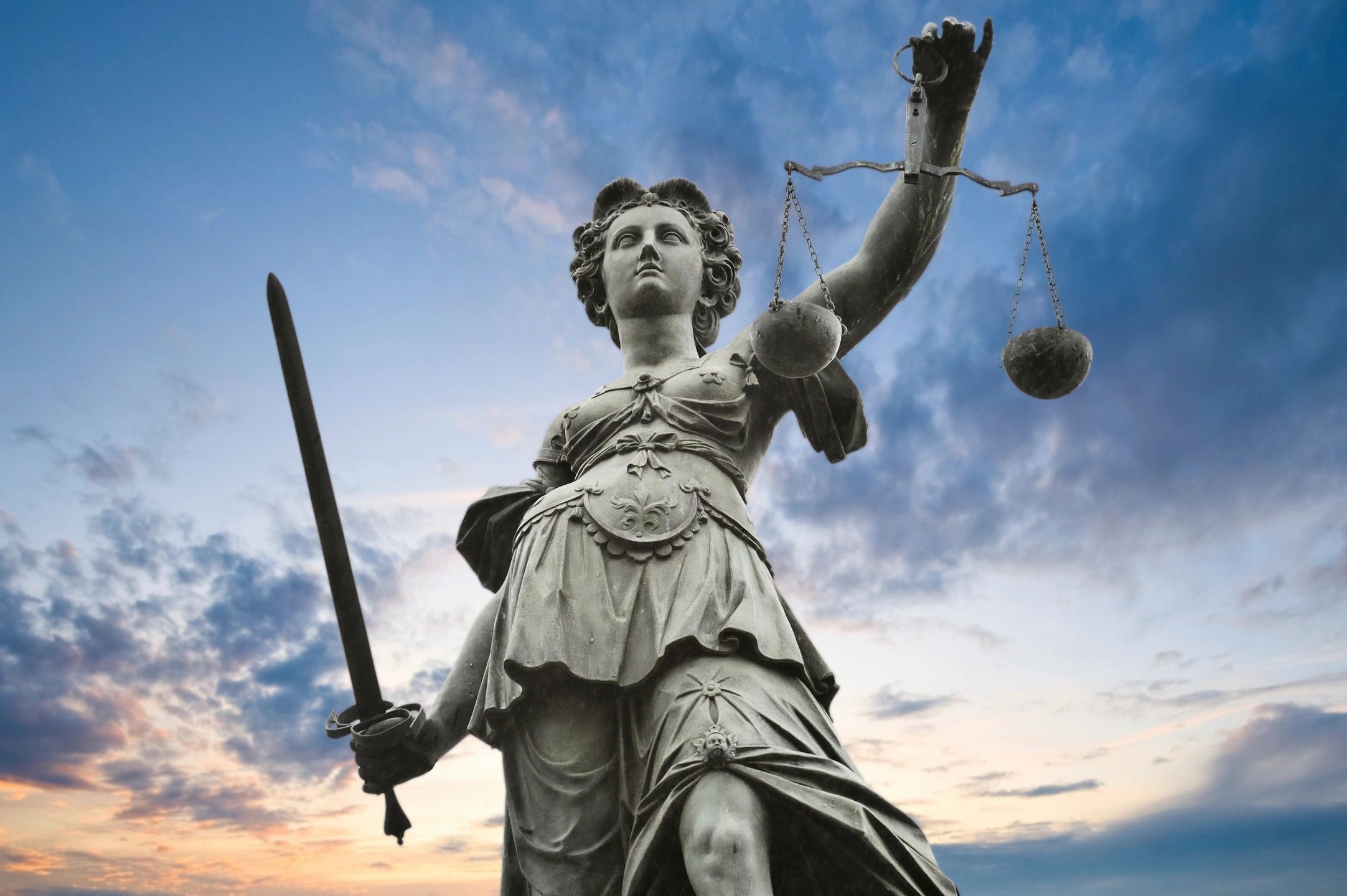In a landmark move, in 1948, the Universal Declaration of Human Rights enshrined Gender Equality into the International Human Rights law. The law states that “All human beings are born free and equal in dignity and rights” and that “everyone is entitled to all the rights and freedoms set forth in this Declaration, without distinction of any kind, such as race, color, sex, language, religion, …. birth or another status.” And then, the United Nations General Assembly adopted it on 10th December 1948.
This year marks the 75th anniversary of this historic happening. Moreover, the United Nations Theme for International Women’s Day (IWD) is “DigitALL: Innovation and technology for gender equality.” All the more reason for women to be aware of their fundamental rights.
It has been a hard-fought battle for women’s rights activists for over a century to be accepted at par with men and seen as their equal. Even after the law came into force, implementation was a whole new different game altogether.
Here is a brief timeline of the various events that helped in the cause of female empowerment, gender equality, and the global feminism movement.
The 1970s Era: The International Feminist Movement
During the 1970s, there was a lot of hue and cry about the disparity in how both genders were treated. Extensive media and news coverage helped the movement to gain momentum all over the world.
1975: Un Declares 1975 As International Women’s Year
Due to the momentum of the international feminist movement, the United Nations General Assembly declared 1975 as the International Women’s Year.
1975: First World Conference on Women
In order to actually substantiate changes in women’s lives, they also organized the first World Conference on Women, which was held in Mexico City. It was a grand success and led to declaring 1976-1985 as the UN Decade for Women. It came out with a World Plan of Action for the Implementation of the Objectives of the International Women’s Year. This plan of action had detailed and elaborate guidelines for advancing women in the UN Decade for Women.
1979: Convention On The Elimination Of All Forms Of Discrimination Against Women
Due to the unprecedented success of the first World Conference on Women, the General Assembly took it a step further with its Convention on the Elimination of All Forms of Discrimination against Women, better known as the International Bill of Rights for Women. It was formulated 44 years ago, in 1979.
The bill talks about discrimination against women and states that “For the purposes of the present Convention, the term “discrimination against women” shall mean any distinction, exclusion or restriction made on the basis of sex which has the effect or purpose of impairing or nullifying the recognition, enjoyment or exercise by women, irrespective of their marital status, on a basis of equality of men and women, of human rights and fundamental freedoms in the political, economic, social, cultural, civil or any other field.”
1980: Second World Conference on Women
In 1980, the Second World Conference on Women was held in Copenhagen from 14th-30th July, attended by over 45 member states. In this conference, it reviewed all the progress made by implementing the agenda of the first world conference on women, namely in the domains of education, employment, and health.
This conference focused on ensuring women’s share in parental property and ownership. It also formulated some laws related to child custody, loss of nationality, and inheritance. The plan of action stated that “the review and appraisal of progress achieved during the past five years indicates that the integration of women into development has been formally accepted by most Governments as a desirable planning objective. Many countries have made significant efforts, undertaken several activities and measures, and established institutional and administrative mechanisms to integrate women in development.”
1985: World Conference To Review And Appraise The Achievements Of The United Nations Decade For Women: Equality, Development, And Peace
Nairobi hosted the World Conference to Review and Appraise the Achievements of the United Nations Decade for Women: Equality, Development, and Peace in 1985. It was a landmark occasion, and more than 15,000 representatives of various Non-Governmental Organizations from all over the world also attended a parallel NGO forum.
Despite so many conferences and initiatives by the United Nations, all the delegates realized that the goals of the first conference for women still needed to be met. They devised an alternate plan termed the Nairobi Forward-looking Strategies to the Year 2000.
1995: Fourth World Conference On Women
Beijing hosted the Fourth World Conference on Women in 1995, and 189 member states attended it. It came up with the Beijing Declaration and Platform for Action, which stated that women’s rights were human rights, and formulated various actions to implement them. It said that “Women’s and girls’ rights are human rights. They cover every aspect of life – health, education, political participation, economic well-being, and freedom from violence, among many others.”
Commission On The Status Of Women
CSW is an intergovernmental body, which is dedicated to implementing gender equality as well as women empowerment. It is held every year in the month of March, wherein policymakers, advocates, feminists, government representatives, academics, experts, and activists come together to help in women’s empowerment and evaluate how gender equality is progressing. This year, it is being held in New York from the 6th to the 17th of March. Its theme is “Innovation and technological change, and education in the digital age for achieving gender equality and the empowerment of all women and girls.”
Women need to be aware of their rights and have the luxury to claim them if they are shortchanged. Society’s attitudes and patriarchal practices undercutting gender equality need to be called out and changed.
Know Your Rights!


Leave a Reply